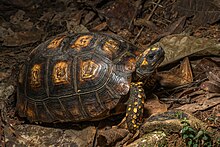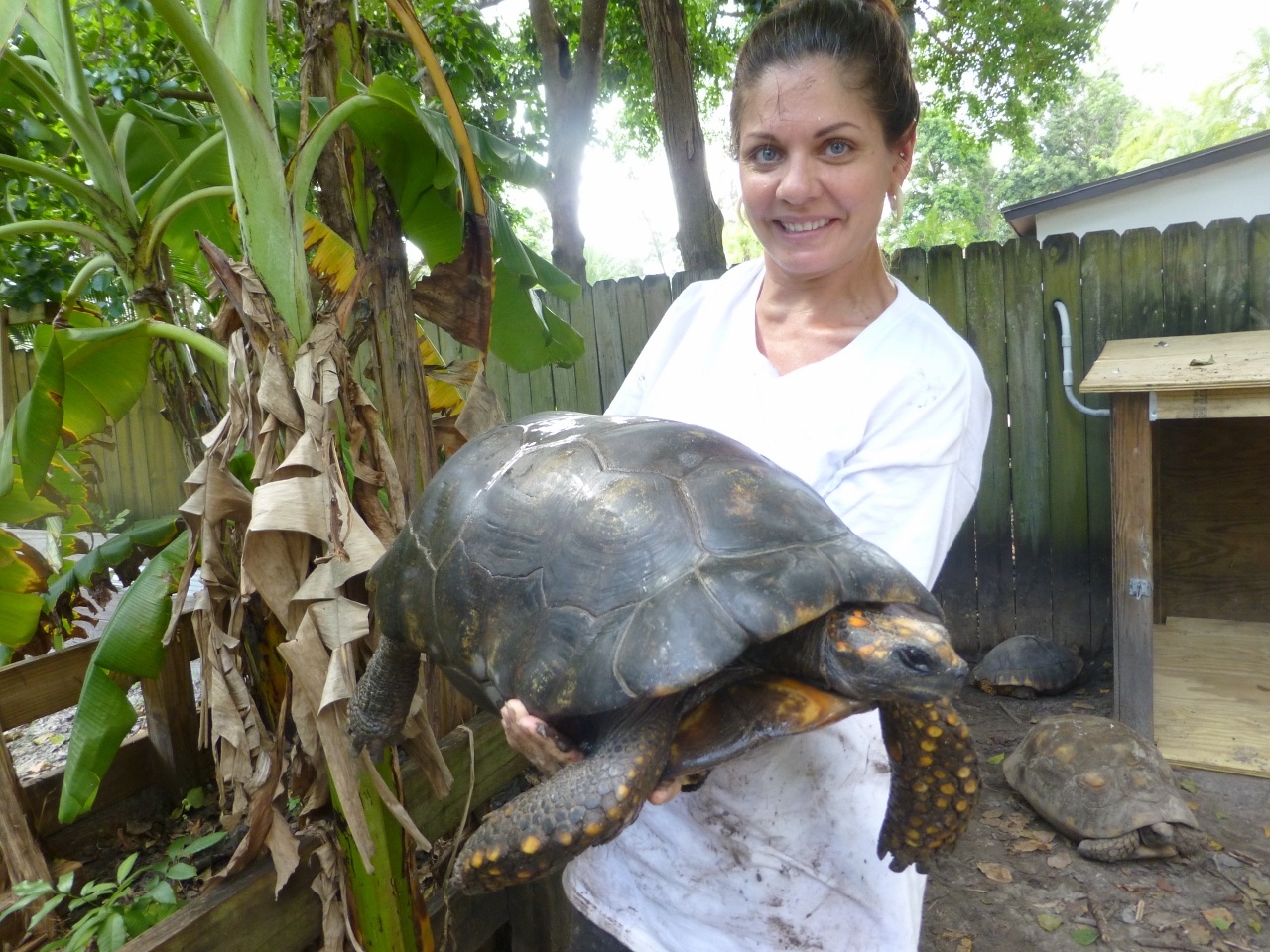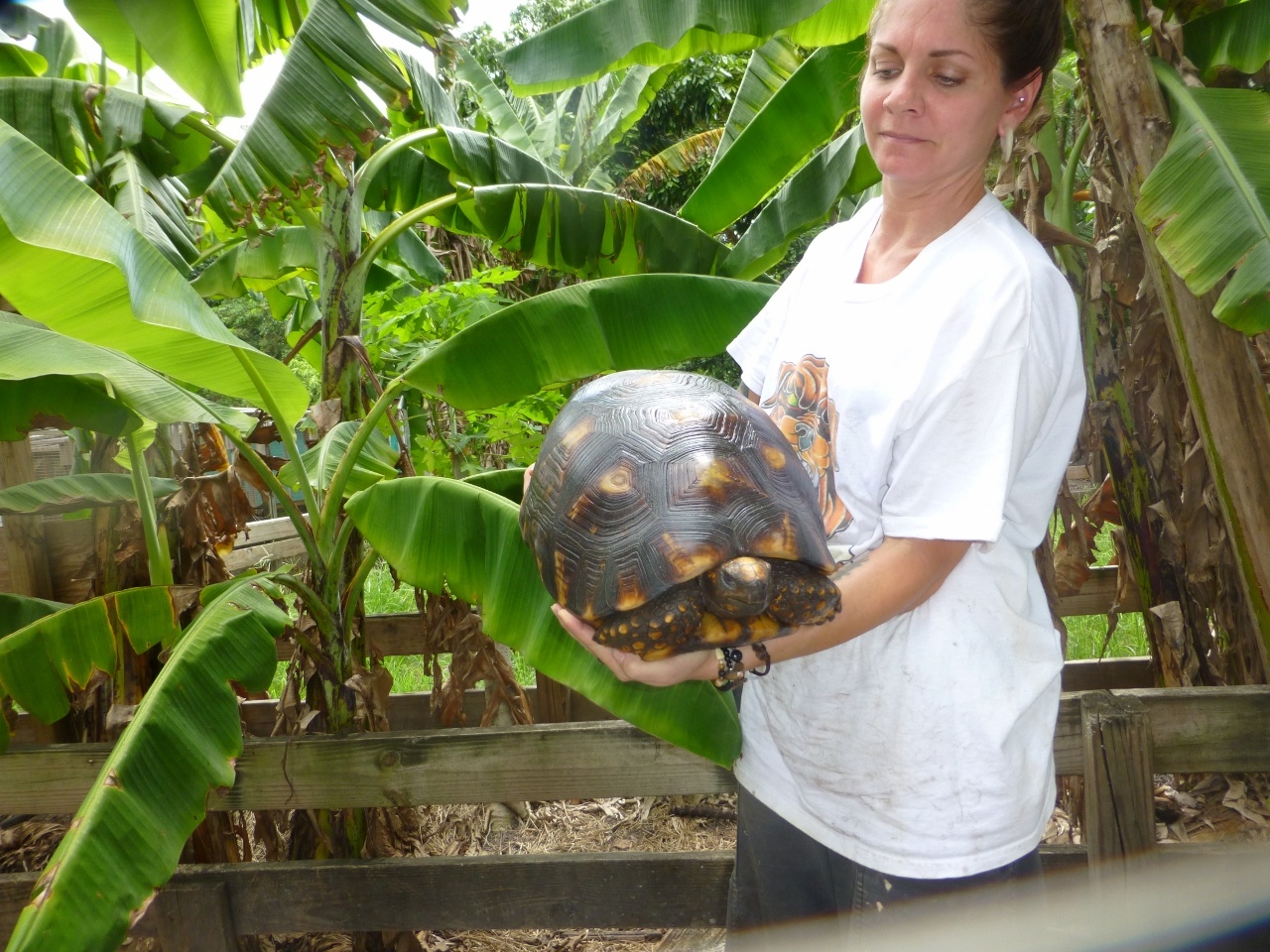Amazon Basin Yellow Foot Tortoises Y3 18 Inches
1 Piece (Min. Order)
Animal Code: Y3
Family: Tortoise
Genus: Amazon Basin Yellow Foot
Availability: Available
Size: 18 Inches
Product Description:
Amazon Basin Yellow Foot Tortoises Y3 18 Inches
Reserve your animals now.
Animals in stock and ready for sale.
Last animals available this year,(Reserve Now)
Discount for returning Customers or multiple Aldabras purchased.
Shipping to be determined by location and weather ($65 to $90 Approx.)
We have some of the best Guaranties in the industries;
Guaranteed live arrival
30 day exchange policy
One year Health Guarantee
Packaging & Delivery:
Packaging Details: As per customer description
Delivery Time : Within 3 days
$3,000.00
Description
Amazon Yellow foot tortoises
 |
|
| Yellow-footed tortoise, Yasuni National Park, Ecuador | |
|
Conservation Status
|
|
| Scientific Classifiction | |
| Kingdom: | Animalia |
| Phylum: | Chordata |
| Class: | Reptilia |
| Order: | Testudines |
| Suborder: | Cryptodira |
| Superfamily: | Testudinoidea |
| Family: | Testudinidea |
| Genus: | Chelonoidis |
| Species: |
C. denticulatus
|
| Binomial Name | |
| Chelonoidis denticulatus
(Linnaeus 1766)
|
|
| Synonyms | |
|
|
The Amazon yellow foot tortoises (Chelonoidis denticulatus), also known as the Brazilian giant tortoise, commonly referred to as the Brazilian giant turtle, or more commonly, the big turtle, is a species of tortoise in the family Testudinidea and is closely related to the red-footed tortoise (C. carbonarius). It is found in the Amazon Basin of South America. The species name has often been misspelled as denticulata, an error introduced in the 1980s when Chelonoidis was elevated to genus and mistakenly treated as feminine, an error recognized and fixed in 2017.[3]
With an average length of 40 cm (15.75 in) and the largest known specimen at 94 cm (37 in), this is the sixth-largest tortoise species on Earth, after the Galapagos tortoise, the Aldabra tortoise, the African Spurred tortoise (Geochelone sulcata, typical size 76 cm (30 in)), the Leopard tortoise (Stigmochelys pardalis), and the Asian forest tortoise (Manouria emys emys, typical size 60 cm (23.6 in).
Amazon Yellow Foot Tortoise Diet
The yellow foot tortoise eats many kinds of foliage. They are too slow to capture any fast animals. In the wild, their diets consist of grasses, fallen fruit, carrion, plants, bones, mushrooms, excrement, and slow-moving invertebrates such as snails, worms, and others they are able to capture. In captivity, they are fed oranges, apples, melons, endive, collard greens, dandelions, plantain, ribwort, clover, shredded carrots, insects, worms, cuttlebone, tortoise vitamins, edible flowers, and alfalfa pellets. Each yellow-footed tortoise in the wild reaches the age of maturity at about 8–10 years. The fecundity of a female generally depends on her size; the bigger they are, the more eggs they can produce. On average, a female will create about six to 16 eggs per year, although some female individuals may not reproduce each year. The eggs have brittle shells and are elongated to spherical, about 3–6 cm in diameter. The egg size will increase with the body size of the tortoise. The young are self-sufficient from birth. The yellow-footed tortoise can live around 50–60 years.






Reviews
There are no reviews yet.